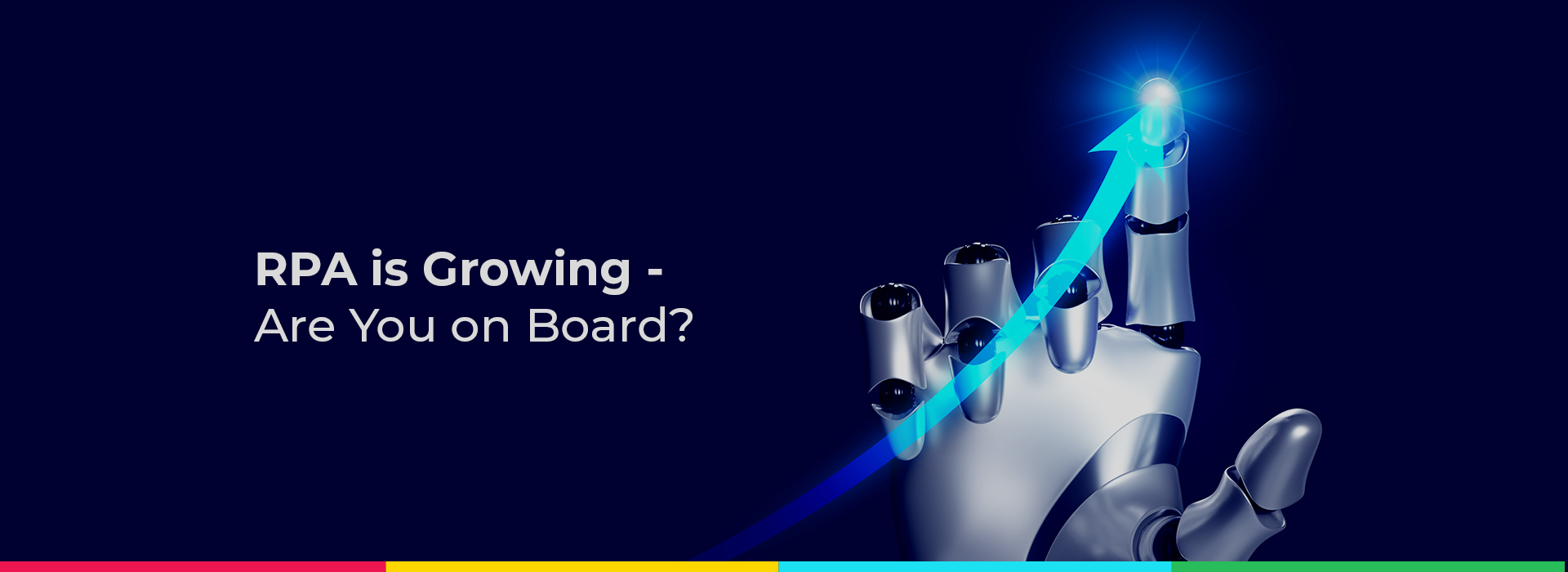
Blog
RPA Can Help Companies Gain Great Efficiencies in Employee Onboarding
When workers hear the term “robotic process automation,” also known as “RPA,” they often become anxious and imagine a world in which virtually all jobs are performed by robots and computers, leaving no jobs for humans. Given this apprehension, it’s perhaps ironic that one of the many use cases for RPA is in employee onboarding.
That’s right – far from being the source of their inevitable unemployment, RPA could play an important role in humans starting a new job. While RPA can make the onboarding process smoother for individual employees – who enjoys navigating all those onboarding documents? – it has even more significant benefits for employers. After all, employers are generally onboarding many employees throughout a given year.
Let’s consider some of the specific ways RPA can help streamline the employee onboarding process.
RPA in Employee Onboarding Boosts Compliance
Employment relationships are heavily regulated in the United States, with federal, state and even local regulatory requirements imposed on employers. Oversights can be costly. With all of the paperwork and processes involved in employee onboarding, it’s relatively easy for a human HR staff member to occasionally miss something.
RPA helps mitigate compliance oversights. A virtual robot is ideal for routine, monotonous tasks, and unlike a human, RPA doesn’t ever get bored, sloppy, or careless.
RPA Helps Companies Coordinate Better When Onboarding
New employees can get lost in the shuffle in big companies. For example, it’s not uncommon for the desktop support team to forget to provide important equipment to a new hire or for the IT team to overlook granting access to key digital resources. Managers may not even know the status of their new subordinate’s training and onboarding, because they are often not directly involved in those activities.
With RPA, coordinating the onboarding process across multiple departments becomes much easier than doing it the old-fashioned way.
Using RPA in Onboarding Helps Companies Gain Great Efficiencies
One of the key benefits of RPA in any use case is efficiency. The key to this efficiency is the process automation aspect of robotic process automation. When an entire process – like employee onboarding – is automated, things happen more quickly and efficiently, because steps are less likely to get missed, handoffs are seamless, and work doesn’t need to be repeated as often as with manual tasks.
RPA can help a company set up a completely automated onboarding process starting with an offer letter and followed by the sending of new hire instructions, scheduling training, and tracking progress and key milestones – such as a six-month check-in or an annual goal review.
RPA Use in Onboarding Ensures the Process is Thorough
When an employee first starts a new job, they often feel like there’s not much for them to do other than onboarding, training, and self-study. Fairly quickly, however, new hires tend to get thrown into the mix, and it’s easy to slip from new hire to just another team member. While that may be great on some levels, it’s often the case that as a new hire’s workload ramps up, onboarding activities fall by the wayside. Unless a manager or HR team member is diligent enough to keep close tabs on the completion of onboarding activities, many may go unfinished simply because they are no longer a recognized priority.
RPA doesn’t get distracted as easily as busy human workers, and an important benefit of RPA in employee onboarding is the ability to ensure the entire onboarding program is followed diligently and thoroughly so no important information is missed.
Using RPA Helps HR Staff to Focus on Higher-Level Priorities
Onboarding is a key part of the HR function, but it’s far from the only mandate of the HR team. An HR group may burn through hundreds of hours in a year working on onboarding paperwork and other low-level tasks that don’t need to be performed by humans.
One of the key benefits of RPA and one of the best counterarguments for those worried that RPA will steal jobs from human workers is that RPA lets humans focus on more important, more fulfilling tasks because it relieves those humans from the more mundane and repetitive tasks that are perfect for a virtual robot.
For those who worry that RPA is after human jobs, it might seem strange at first to think about RPA taking a prominent role in onboarding human workers. But employee onboarding is one of many functions for which RPA is extremely well-suited. RPA can not only perform mundane tasks more efficiently, more thoroughly and with fewer errors than humans; it also frees up human workers in the HR function to engage in more fulfilling work that has a higher value add to the HR staff member, the new hire, and the organization as a whole.
Ready to learn more. Get in touch to learn more about NITCO’s RPA solutions.




 US Headquarters
US Headquarters India office, Hyderabad
India office, Hyderabad